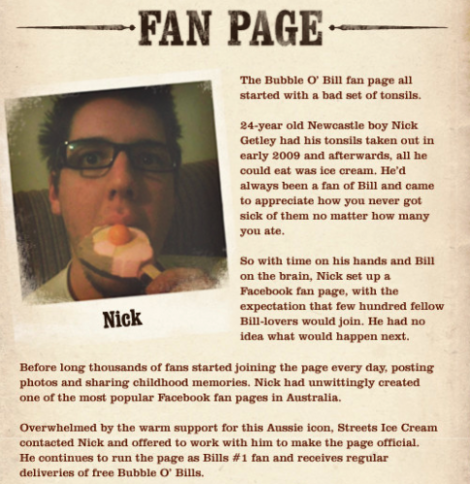I enjoy attending conferences.
Unfortunately I don’t attend as many as I’d like because so many of them are prohibitively expensive, are beyond my travel budget, or demand too much time out of the office.
Whenever I do attend, however, I enjoy hearing and seeing what other people have to say and show, because they validate my own ideas, introduce new ideas, and spark tangential ideas. I also like meeting new people in the industry and re-connecting with those whom I already know.
Another aspect of conferences that I enjoy is the real-time chat on Twitter – aka the “backchannel”. When I’m not at the conference, the backchannel clues me in to the key learnings; when I am at the conference, I can peruse the observations of my fellow audience members and share my own. It’s also a great way of putting a face to a name to facilitate the aforementioned networking.
Of course, healthy backchannel activity is in the interests of the conference organiser too. While it may seem counterintuitive, loads of attendees sharing their observations with the Twittersphere for free won’t discourage other people from attending (as the backchannel is inevitably an inferior substitute for the real thing). On the contrary, the backchannel is a vehicle for precious WOM that can raise awareness of the event among the Twitterati and – if it sounds appealing enough – encourage them to attend next time.
So I see heating up the backchannel as a critical aspect of the conference organiser’s role. Here are my suggestions for getting it to boil…

1. Inform everyone of the official hashtag.
If you don’t, your audience will splinter and they will use various permutations of acronyms and digits which will then dilute the conversation.
So tell everyone up front what the official hashtag is. Even better, include it on your marketing material to get the conversation going before Day 1.
2. Explicitly invite the audience to tweet.
Not only does this give many in the audience the moral authority they seek, but it also reminds those who might otherwise have forgotten.
3. Provide free Wi-Fi.
I realise this might be pricey, but if you want your audience to use the Internet, this is a big juicy carrot.
And if you do offer free Wi-Fi, for crying out loud inform everyone of the access details.
4. Host a charging kiosk.
Even the most ardent of tweeters can’t do much with a dead device.
5. Inform the audience of the presenter’s handle.
Tweeters like quoting the presenter, but they’re less likely to do so if he or she isn’t on Twitter. Even if they are on Twitter, the search function is so awful that it can be difficult to find them.
Putting the presenter’s handle on the last slide is comically late. Put it on the first slide instead, and in the official program too.
6. Resist dressing mutton up as lamb.
I’m constantly amazed by the number of presenters who try to pass off a product flog as a pedagogical exposition. I’m not so much amazed by the fact that they try it on, but that they think we’re dumb enough to fall for it.
Conference organisers need to know that any self-respecting Tweeter will withhold social mention of this imposture in protest.
So change its title to reflect what it really is: a product demonstration. Plenty of people will want to see that, and they’ll tweet about it in kind.
7. Join in.
The conference organiser should actively participate in the backchannel too.
Favouriting and re-tweeting others is a nice way of acknowledging their contributions (and motivating them to continue), while tweeting your own observations keeps the activity humming during flat periods.
Adding extra hashtags (eg #edtech, #gamification, #mobile) will also extend your reach.
***
So if you’re a conference organiser, I hope my suggestions help you improve the experience for your attendees and promote your event to potential newcomers.
And if you have a free ticket to give away, I’ll tweet up a storm!




